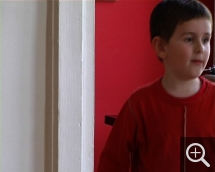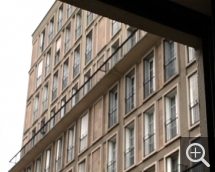Creton, Papa, Maman, Perret and Me
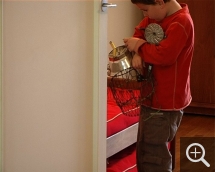
Pierre CRETON (1966), Papa, Maman, Perret and Me (an apartment as witness), 2009, photogram (video). © MuMa Le Havre / Pierre Creton
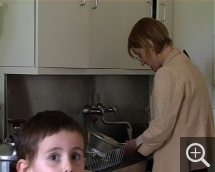
Pierre CRETON (1966), Papa, Maman, Perret and Me (an apartment as witness), 2009, photogram (video). © MuMa Le Havre / Pierre Creton
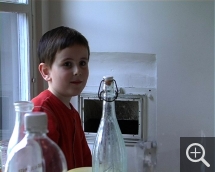
Pierre CRETON (1966), Papa, Maman, Perret and Me (an apartment as witness), 2009, photogram (video). © MuMa Le Havre / Pierre Creton
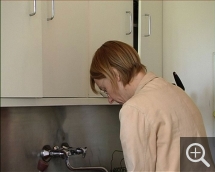
Pierre CRETON (1966), Papa, Maman, Perret and Me (an apartment as witness), 2009, photogram (video). © MuMa Le Havre / Pierre Creton
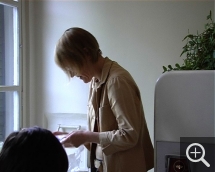
Pierre CRETON (1966), Papa, Maman, Perret and Me (an apartment as witness), 2009, photogram (video). © MuMa Le Havre / Pierre Creton
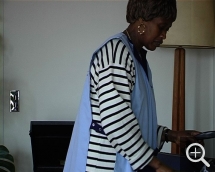
Pierre CRETON (1966), Papa, Maman, Perret and Me (an apartment as witness), 2009, photogram (video). © MuMa Le Havre / Pierre Creton
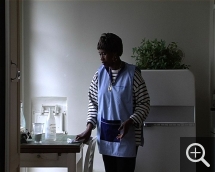
Pierre CRETON (1966), Papa, Maman, Perret and Me (an apartment as witness), 2009, photogram (video). © MuMa Le Havre / Pierre Creton
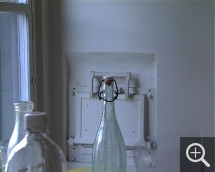
Pierre CRETON (1966), Papa, Maman, Perret and Me (an apartment as witness), 2009, photogram (video). © MuMa Le Havre / Pierre Creton
As part of the public photo and video commission launched in 2007 by the City of Le Havre and the French Ministry of Culture and Communication–CNAP on the centre rebuilt by post-war reconstruction architect Auguste Perret, the municipality commissioned work from videographer Pierre Creton.
For the subject of his film, the artist chose the Perret show flat that was purchased by the City of Le Havre and opened to the public in 2006. Viewers follow groups of visitors on a tour with two guides. The camera pauses at length on the faces of the people listening to the explanations, but doubt sets in when it becomes apparent that the two guides—that man and that woman—actually live here with their seven-year-old son, Vincent. The tours are surreptitiously punctuated with little moments of their home life. This is where the doubt arises: what are we looking at? Where is this place? Who are these characters and what roles are they playing?
Pierre Creton leads us on a "real" tour of the show flat, but transforms us into an observer of these groups, scrutinizing the reactions and emotions that affect the characters. The apartment transforms by turns into a public stage and an intimate space, thus condensing the real story of the premises: a private space come public. Halfway between a documentary and a piece of fiction, the film reveals the full scope of its ambiguity.
For the subject of his film, the artist chose the Perret show flat that was purchased by the City of Le Havre and opened to the public in 2006. Viewers follow groups of visitors on a tour with two guides. The camera pauses at length on the faces of the people listening to the explanations, but doubt sets in when it becomes apparent that the two guides—that man and that woman—actually live here with their seven-year-old son, Vincent. The tours are surreptitiously punctuated with little moments of their home life. This is where the doubt arises: what are we looking at? Where is this place? Who are these characters and what roles are they playing?
Pierre Creton leads us on a "real" tour of the show flat, but transforms us into an observer of these groups, scrutinizing the reactions and emotions that affect the characters. The apartment transforms by turns into a public stage and an intimate space, thus condensing the real story of the premises: a private space come public. Halfway between a documentary and a piece of fiction, the film reveals the full scope of its ambiguity.
Learn more


